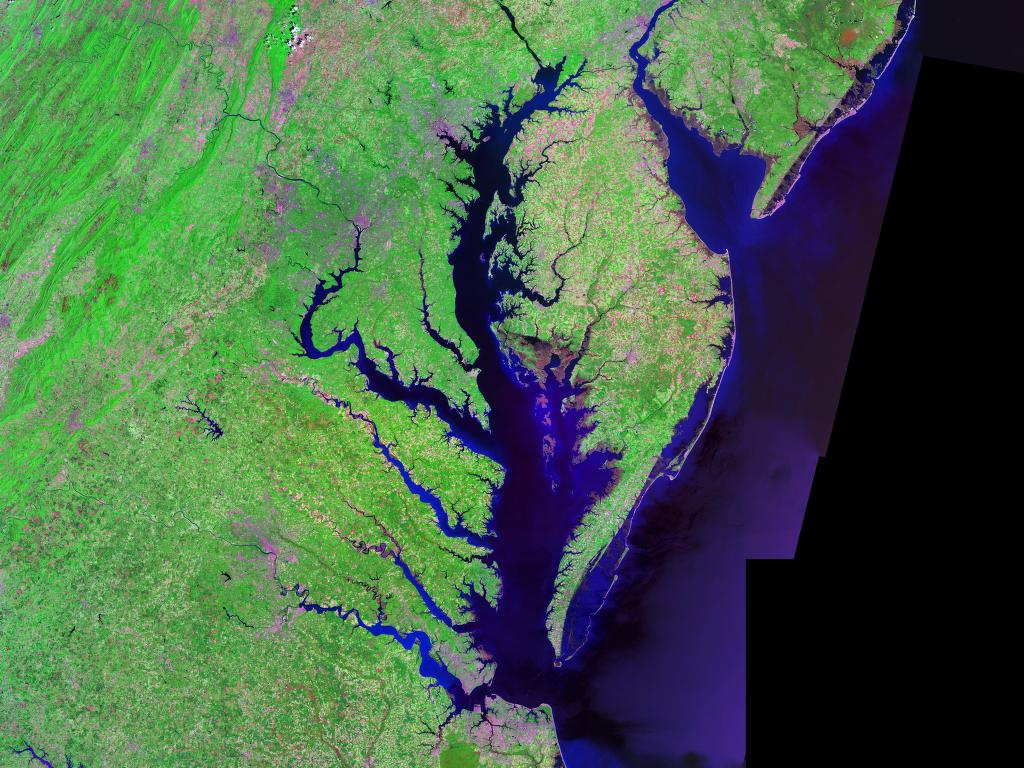Move Over, Groundhog! February 2nd each year is World Wetlands Day. The international Convention on Wetlands was adopted February 2, 1971. Known as the Ramsar Convention, members, including the United States, commit to:
"The conservation and wise use of all wetlands through local and national actions and international cooperation, as a contribution toward achieving sustainable development throughout the world."

Wetlands are among the most diverse and productive ecosystems on earth, providing essential services and supplying our fresh water. “Wetlands” includes all lakes and rivers, swamps and marshes, aquifers, wet grasslands, peatlands, oases, estuaries, deltas and tidal flats, mangroves and other coastal areas, and coral reefs. “Wetlands” also encompasses human-made sites such as fish ponds, rice paddies, reservoirs, and salt pans.
The United States has designated 35 Ramsar sites as "Wetlands of International Importance." One of these sites is our Chesapeake Bay, the largest estuary in the U.S. More than 150 major rivers and streams flow into the bay's 64,299 square mile drainage basin that covers parts of New York, Pennsylvania, Delaware, Maryland, Virginia, West Virginia, and all the District of Columbia.
Facts about the Chesapeake Bay, our Wetlands of International Importance:
- The Bay is approximately 200 miles long from its northern boundary at the Susquehanna River to its outlet in the Atlantic Ocean.
- It is 2.8 miles wide at its narrowest (between Kent County's Plum Point near Newtown and the Harford County shore near Romney Creek) and 30 miles at its widest (just south of the mouth of the Potomac River).
- Total shoreline including tributaries is 11,684 miles, covering a surface area of 4,479 square miles.
- The average depth is 21 feet, reaching a maximum of 174 feet.
- The bay is spanned twice -- by the Chesapeake Bay Bridge from Sandy Point to Kent Island, and in Virginia by the Chesapeake Bay Bridge-Tunnel connecting Virginia Beach to Cape Charles.
The Bay and other Maryland wetlands face rapid population growth and water quality challenges. With careful stewardship, we seek to guard against the destruction of tidal wetlands and maintain a healthy Bay into the future though a balanced approach to ecological, economic, developmental, recreational, and aesthetic considerations – the same guiding principles we use for evaluation of Board of Public Works wetland licenses.


